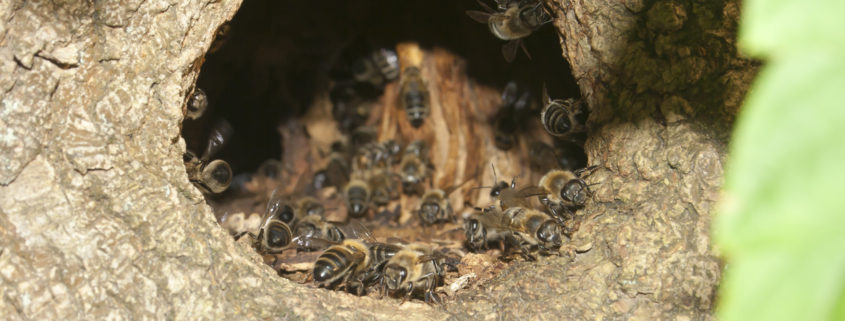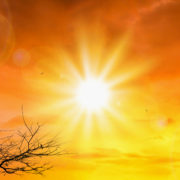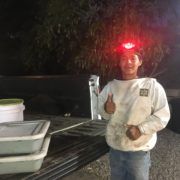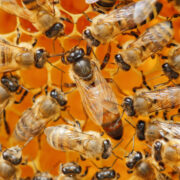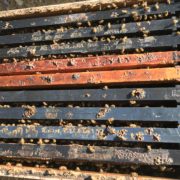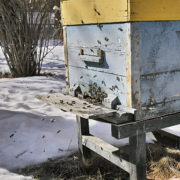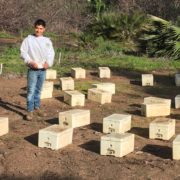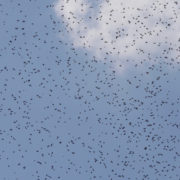Dark Hollow
The ideal location for a honeybee hive, and the favorite natural resting place of a swarm is inside the dark hollow of a tree. The tree hollow provides shelter from the elements. Besides being off the ground, it enables the bees a natural protection against ground predators, such as skunks. Honeybees seem to select tree hollows that are at least a few feet off the ground, and that are sized around one to two cubic feet on the inside. Anything smaller does not provide enough space to grow. If the cavity is too large, the bees may also reject it, likely because it is more difficult to manage the temperature of a larger space during winter.
Bees are used to living in the dark, whether in a managed Langstroth or top-bar hive, or natural dark hollow, so the inside of a tree fits the bill perfectly. No light is needed. A small entrance that limits the light works just fine for them. Plus a small entrance is easy to defend.
Once inside the hollow, bees will usually smooth and coat the interior surfaces with propolis They then hang their combs from the top of the cavity, much in the same way that they hang comb in a managed top bar hive. Honey is stored in the top portion of the frames, with pollen and brood below.
Once a tree hollow has successfully housed a honeybee hive, it becomes an ongoing magnet for bees. Should the initial colony perish, the familiar bee scent of the hollow, and any remaining comb fixtures will make the hollow an attractive home for the next wandering swarm.

